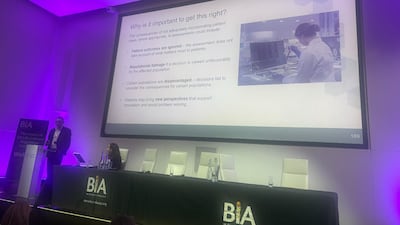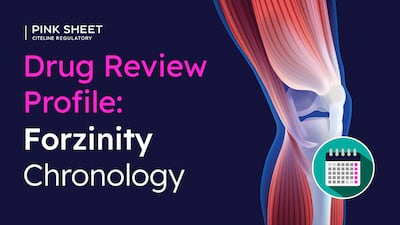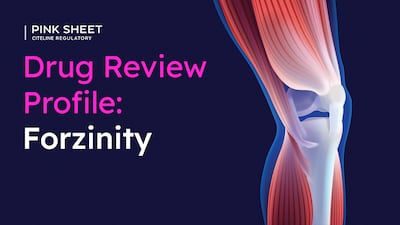Rare Diseases
The version of the Critical Medicines Act adopted by a key committee of the European Parliament could mean uncertainty for the manufacturers of orphan drugs, warns industry.
The JPY330bn package bundles existing and new support funds for the biopharma industry, with the national government recognizing its importance for both national security and economic growth.
The standard baseline of regulatory data protection will remain at eight years under the new pharma package, while market protection will drop to a year as standard. However, innovative products that fulfil certain criteria could get up to 11 years of market exclusivity.
Saol Therapeutics cannot conduct a new clinical trial of SL1009 in ultra-rare mitochondrial disorder, but aims to answer the FDA's complete response letter with new looks at available data.
England is set to become the first market outside of the US where Autolus’ CAR-T therapy Aucatzyl is reimbursed for acute lymphoblastic leukemia, after the country’s health technology assessment institution, NICE, recommended its use for certain patients.
Smaller datasets are being leveraged to develop and train artificial intelligence models, which can help overcome the limitations of small patient numbers in rare disease settings, CDER staffers wrote in NEJM AI.
The labeling recommendation that Duchenne muscular dystrophy patients should maintain proximity to an appropriate healthcare facility for at least two months following infusion will add to the treatment burden.
Concept outlined in NEJM by current FDA leaders is a ‘reasonable’ mechanistic approach that had been in development for several years, former Center for Biologics Evaluation and Research Director Peter Marks said.
The orphan drug share of US FDA’s 2025 novel approvals is holding steady, with examples of approvals based on a single trial with confirmatory evidence from UCB, Precigen, Jazz Pharmaceuticals and Stealth Biotherapeutics
A cluster of CRLs for rare disease applications based on one trial plus confirmatory evidence may represent a shift away from the regulatory flexibility that had come to characterize ultra-rare drug development
The UK’s early access to medicines scheme could be due a rethink, a senior figure from the Medicines and Healthcare products Regulatory Agency has suggested, after feedback indicated “discontent” with how the program functions.
Manufacturers who succeed in treating several patients with bespoke therapies could leverage platform data to gain marketing approval for similar products in additional conditions, FDA leaders say in a NEJM article that describes five prerequisites for use of the new pathway.
US FDA’s rejection of Biohaven’s troriluzole is a huge disappointment for patients with SCA and the company. But it is also a notable example of how communication strategies are changing now that FDA is making its ‘complete response’ letters public.
FDA reviewers cited several limitations of the videos, including a lengthy recall period, use of the term “today” in questions, and a lack of standardization in interview conduct.
The Pink Sheet’s Drug Review Profile looks at the clinical development and US FDA review timeline for Stealth's elamipretide for Barth syndrome.
Stealth BioTherapeutics' diligent response to the FDA’s accelerated approval suggestion, its justification for proposed confirmatory trial milestones, and the rarity of Barth syndrome gave the agency confidence to grant approval before the postmarketing study began.
The UK drug regulator is planning to introduce a “flexible, proportionate” licensing and registration model for rare diseases, which could see drugs granted provisional approvals based on “appropriate, albeit limited” evidence.
Recently departed CDER Director George Tidmarsh publicly touted his own role in reviewing Stealth's elamipretide data and guiding the division on the last-minute accelerated approval, though his name is absent from the review documents.
Clinical and statistical reviewers favored a second complete response letter, but Hylton Joffe, director of the Office of Cardiology, Hematology, Endocrinology and Nephrology, said accelerated approval based on knee extensor muscle strength was reasonable in the very rare disease.
The US FDA is more comfortable enrolling pediatric patients in trials earlier so symptoms of progressive diseases can be prevented instead of treated, but industry may need more convincing the idea is acceptable, rare disease advocates said.




















